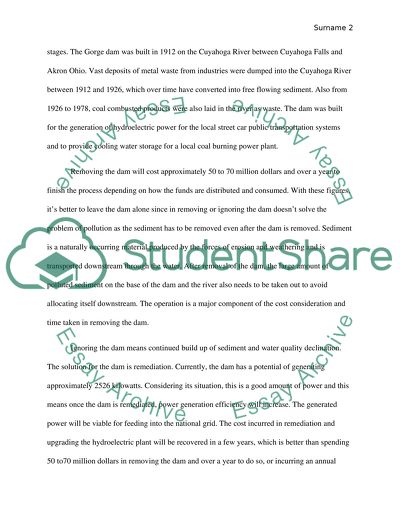Cite this document
(“Dam paper Research Example | Topics and Well Written Essays - 1750 words”, n.d.)
Dam paper Research Example | Topics and Well Written Essays - 1750 words. Retrieved from https://studentshare.org/engineering-and-construction/1494093-dam-paper
Dam paper Research Example | Topics and Well Written Essays - 1750 words. Retrieved from https://studentshare.org/engineering-and-construction/1494093-dam-paper
(Dam Paper Research Example | Topics and Well Written Essays - 1750 Words)
Dam Paper Research Example | Topics and Well Written Essays - 1750 Words. https://studentshare.org/engineering-and-construction/1494093-dam-paper.
Dam Paper Research Example | Topics and Well Written Essays - 1750 Words. https://studentshare.org/engineering-and-construction/1494093-dam-paper.
“Dam Paper Research Example | Topics and Well Written Essays - 1750 Words”, n.d. https://studentshare.org/engineering-and-construction/1494093-dam-paper.


